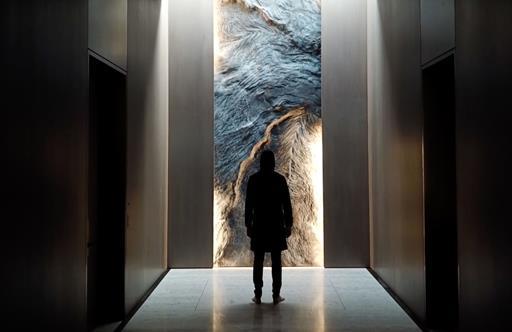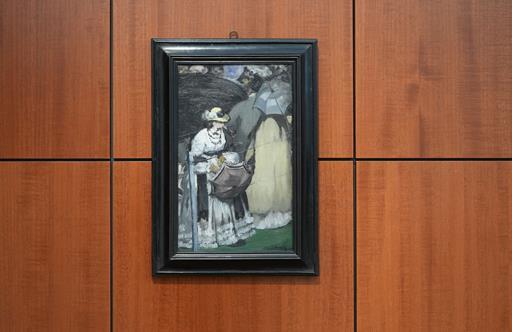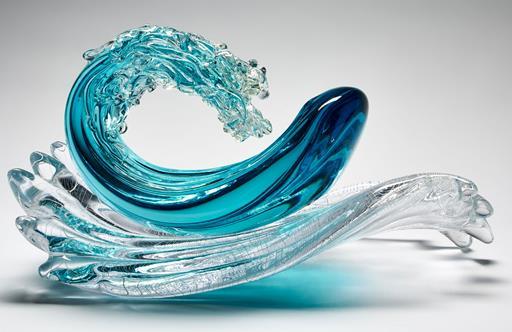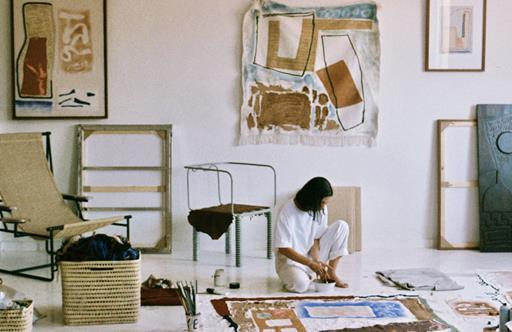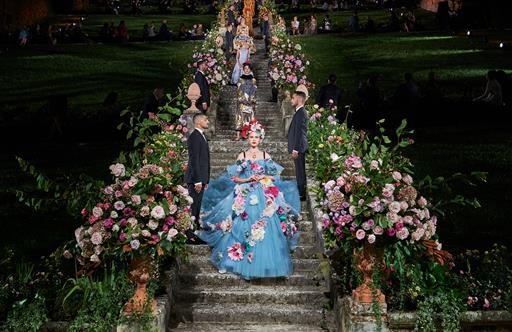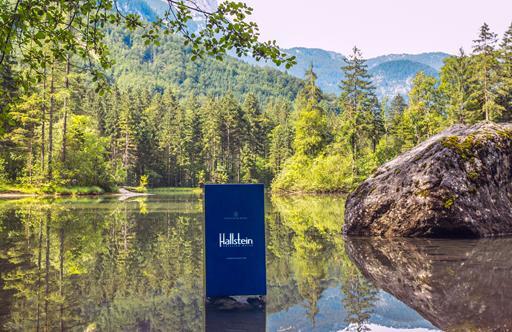The Shape of Things to Come
The awe-inspiring natural panoramas along Saudi Arabia’s Red Sea coast have become the proving ground for hospitality architecture of the future
Shimmering in the sunlight like a mirage off Saudi Arabia’s Red Sea coast, the stainless-steel orbs of the new Shebara Resort look like AI-generated visions of an imagined future. Elevated above turquoise waters 25 kilometres offshore, these otherworldly structures reflect sky and sea on their mirrored surfaces, almost disappearing into the horizon. Awesome in the truest sense of the word, the overwater villas are part of an architecturally ambitious property operated by Red Sea Global Hospitality, the hotel wing of the developer responsible for turning 28,000 square kilometres of Red Sea coast and inland desert into a new regenerative-tourism destination.
Saudi Arabia is full of futuristic projects in places with names like Oxagon, Magna and Trojena. While many are still renderings, Shebara welcomed its first guests last October. Its sister property, Desert Rock, a 20-minute drive inland from the coast, is also real, although from the dreaminess of its imagery, you’d be forgiven for thinking it’s not. With cave-like rooms carved into a granite massif and gravity-defying villas that seem to hang from stone pinnacles, the Oppenheim Architecture-designed property looks equally as unlikely as its counterpart on the sea.
 Katarina Premfors
Katarina Premfors
Shebara’s silvery orbs were created by Killa Design, the architecture studio behind Dubai’s dazzling Museum of the Future and the recently opened Jumeirah Marsa Al Arab resort. For design director and studio founder Shaun Killa, in spite of its space-age aesthetic, the architectural inspiration comes from a less alien and more earthly origin. “Shebara reveals itself from the water,” says Killa. “The orbs are almost like bubbles that come up from the ocean floor, reflecting everything that’s above them like a string of pearls.” The same form is repeated on shining beach villas and restaurants that hang over the sea. But it’s in the overwater villas that guests feel most at one with the environment. “Each one is like an observation platform,” Killa notes.
Inside the villas, interior design by Studio Paolo Ferrari leans into what its eponymous founder describes as “natural futurism”, allowing the ocean and sky to be the main focus of the space while creating a “human, cocooning” effect. “We leaned into aerodynamics and movement to create soft and tailored interiors,” explains Ferrari, who took inspiration from private jet and superyacht design. “In a villa like this, every square inch has to be thoughtfully maximised,” he adds. “We were really able to dream with this project and to imagine what, in 40 years from now, a guest room might feel like.”
 John Athimaritis
John Athimaritis
Over at Desert Rock, nature has provided a spectacular 30,000sq m natural canvas for a resort that merges with its setting. “My first impression was one of awe,” says Chad Oppenheim, founding principal of Oppenheim Architecture. “The majestic granite formations and the vast expanse of mountains created a unique sense of place that inspired our vision for the resort.” Cave-like suites have been hollowed out of solid rock; plunge pools seem to hover in midair; and cliff-hanging villas perch atop rocky outcrops, all also with interiors by Studio Paolo Ferrari that connect with the mineral quality of the site. At The Observatory, a late-night lounge located at the highest point of the property, guests traverse a 120m suspension bridge to sit beneath inky skies filled with stars.
“We knew from the start that our interiors should never compete with the setting,” says Ferrari. “It was extremely important for us that there was a quality of familiarity, while creating something very strong and iconic. It was about striking a balance with the ancient past while looking forward.”
Ferrari’s intent is very clear: “My hope is that guests are filled with awe.” Surrounded by the extraordinary architecture and design of these two new hotels, which are perhaps blueprints for the future of hospitality design, it’s practically impossible not to be.
 John Athimaritis
John Athimaritis
Header image: Katarina Premfors


